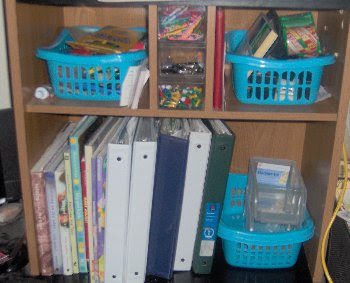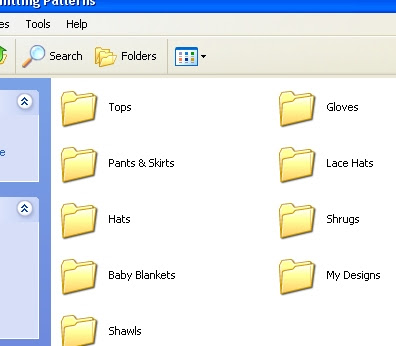
You’ve got them still in the envelopes from when you picked them up at CVS or Costco or they came in the mail.
Stuck in a drawer.
Piled in the craft boxes or a shoebox.
You’ve got Christmas 1995, your parents’ wedding photos, and last September’s first day of school photos all in one pile.
And you keep putting off scrapbooking because you can’t find the photos you want.
This week, let’s talk about getting those photos organized.
(First, a disclaimer, I am a Creative Memories Consultant, so the physical system I use is a Creative Memories product, it is one of my favorite CM products, and though I guess I am biased, it is one of the best photo organizers I’ve come across. Now that being said, the actual process of organizing is generic no matter where you put your photos, so let’s begin.)
How are you going to organize your photos? Decide what works best for you and put your photos in your chosen order as you go through them.
- Chronologically – in order of time (years, age, school year, etc.)
- By subject – kids, family, vacations, holidays, hobbies, school
- A combination of these – summer vacations over multiple years, for example
Now let’s go through your photos
- Throw out the bad shots – heads cut off, too dark, too light, what is that? Some people even throw out the photos that they now don’t even remember who is in the photo
- Generic photos for artsy reasons – beach, butterflies, sky – separate pile, only if you think you will use them in your album or for craft projects or something! Otherwise, sort them with the others and/or throw them out
- Sort any related memorabilia with your photos – tickets, programs, notes, etc.
When you go back to your photos, whether just to look at them or put them in an album or scrapbook, you want to remember the story behind them. Use dividers with the basics of your journaling – who, what, when, where, why – and what was going on, how did you feel, did you all have fun, why was this event significant? I recommend a piece of acid-free, lignin-free paper so as not to damage your pictures.
The organizer I use, as mentioned is a Creative Memories PowerSort box, it’s a huge box that holds about 2400 photos in 12 mini-boxes, and comes with dividers. I use a different mini-box for each year, child, and occasion. Shop around, find a photosorting box that suits your needs and styles, but consider the following points.
- Photosafe – an acid free box, preferably dark so photos aren’t affected by sun/light
- Has a top – keep out dust
- Wide enough for your photos (at least 6”)
- Is a box – not a bag – so that your photos won’t get bent up and can remain organized after all the work you’ve done
- Some folks want to use shoeboxes to recycle, but I encourage you to purchase a box specifically for your photos. Shoeboxes are not photo-safe and some are not wide enough for your photos, they will end up bent or don’t stay straight.
Using the box of your choice, file your photos in the categories and order you’ve chosen. Be sure to label them; many photo boxes come with index card style dividers so you can label “2007 – summer”, “Wedding”, “School” etc. and be able to find your photos. I would also have an “extras” divider – after you’ve put photos from a section into your photo album or scrapbook, place the ones you didn’t use here. When kids need photos for a school project, or you want a random photo, look here first, knowing these are extras.
It’s the little things that need to be de-cluttered that always get set aside. But here’s a little task that you can do bit-by-bit while watching TV or on a quiet afternoon. You can even get the family involved to recall some of your favorite memories!
 This month our readers from Ravelry showcased some tool storage systems that work for them. Some of the solutions that you see below are very inexpensive. The most important thing that we must remember when trying to keep our tools organized is that everything needs to have a home. The way to keep organized from this point forward is to make sure that everything that comes into the house has a home before you bring it in.
This month our readers from Ravelry showcased some tool storage systems that work for them. Some of the solutions that you see below are very inexpensive. The most important thing that we must remember when trying to keep our tools organized is that everything needs to have a home. The way to keep organized from this point forward is to make sure that everything that comes into the house has a home before you bring it in.



 If you have found some interesting methods of storage share them on your blog and leave a link here so that we can visit. You never know - one of the contributors here may highlight your blog in an upcoming article.
If you have found some interesting methods of storage share them on your blog and leave a link here so that we can visit. You never know - one of the contributors here may highlight your blog in an upcoming article.





















































